Auxiliary verbs usually accompany an infinitive verb or a participle, which respectively provide the main semantic content of the clause. An example is the verb have in the sentence I have finished my lunch. Here, the auxiliary have helps to express the perfect aspect along with the participle, finished. Some sentences contain a chain of two or more auxiliary verbs. Auxiliary verbs are also called helping verbs, helper verbs, or auxiliaries. Research has been conducted into split inflection in auxiliary verbs.
The opposite of a transitive verb is an intransitive verb. A verb is an intransitive verb if it is not used with a direct object. Remember, only nouns, pronouns, and noun phrases can be direct objects. Prepositional phrases, adjectives, and adverbs cannot be used as direct objects.
Once again, both action and stative verbs can be used as intransitive verbs. For the next little while, we're going to focus on main verbs. So, forget about those poor little helping verbs for a bit, and let's turn our attention to action verbs and linking verbs. These two kinds of main verbs can act in four different ways. Transitive VerbsTransitive verbs are action verbs that always express doable activities that relate or affect someone or something else. In a sentence with a transitive verb, someone or something receives the action of the verb.
What Is Verb Definition In English Auxiliary verbs are also known as helping verbs and are used together with a main verb to show the verb's tense or to form a question or negative. Common examples of auxiliary verbs include have, might, will. These auxiliary verbs give some context to the main verb, for example, letting the reader know when the action took place.
Linking verbs are a special type of stative verb whose name gives a big clue as to what they do. Linking verbs are used to link a subject with a subject complement. A subject complement describes or identifies the subject of the sentence or clause. Linking verbs can function as intransitive verbs, which do not take direct objects.
A transitive verb is a verb that is accompanied by a direct object in a sentence. The direct object is the noun, pronoun, or noun phrase that is having something done to it by the subject of the sentence. Both action and stative verbs can have direct objects, which means they can both be used as transitive verbs. The verb in a sentence expresses action or being. There is a main verb and sometimes one or more helping verbs. ("She can sing." Sing is the main verb; can is the helping verb.) A verb must agree with its subject in number .
Verbs also take different forms to express tense. Helping verbs, also called auxiliary verbs, are helpful verbs that work with other verbs to change the meaning of a sentence. A helping verb combines with a main verb in order to accomplish different goals. These include changing the tense of the verb or altering the mood of a sentence. When this occurs, perfect aspect is superior to progressive aspect, e.g. If the negative forms can't, don't, won't, etc. are viewed as separate verbs , then the number of auxiliaries increases.
The verbs do and have can also function as full verbs or as light verbs, which can be a source of confusion about their status. The modal verbs form a subclass of auxiliary verbs. Modal verbs are defective insofar as they cannot be inflected, nor do they appear as gerunds, infinitives, or participles.
There are three types of verbs; action, linking and helping. Most of the verbs you will use in conversation or writing will be action verbs or linking verbs. Some verbs in this list can also be action verbs. To figure out if they are linking verbs, you should try replacing them with forms of the be verbs. If the changed sentence makes sense, that verb is a linking verb. There is also a third category of verbs which doesn't get any glory.
The reason that these guys don't get any of the fame that action and linking verbs get is because they don't stand alone as main verbs. Auxiliary verbs are also called helping verbs. An auxiliary verb extends the main verb by helping to show time, tense, and possibility. The auxiliary verbs are – be verbs, have, and do.
Intransitive verbs are action verbs that always express doable activities. They are different from transitive verbs because there is no direct object following an intransitive verb. Each of these sentences uses intransitive verbs. Look carefully and you will see that none of these sentences have direct objects. Some syntacticians distinguish between auxiliary verbs and light verbs.
The two are similar insofar as both verb types contribute mainly just functional information to the clauses in which they appear. Auxiliary verbs typically help express grammatical tense, aspect, mood, and voice. They generally appear together with an infinitive. The auxiliary is said to "help" the infinitive. The auxiliary verbs of a language form a closed class, i.e., there is a fixed, relatively small number of them. Auxiliary verb must connect to an action or linking verb to make sense, and auxiliary verbs exist to "help" verbs express tense, voice, or mood.
Are verbs that are used in a verb phrase to show tense, or form a question or a negative. Helping verbs are used to show the perfect verb tenses, continuous/progressive verb tenses, and passive voice. Helping verbs are always followed by a second verb.
Helping verbs do exactly what it seems like they should do. That is, they help the main verb of the sentence by extending its meaning. They are used in cases where the linking verb on its own is not sufficient to form a complete thought or sentence. In the examples below, the helping verb is bold and italicized, while the linking verb is bold only. The structure of a short answer is important. Without a subject and an auxiliary verb, a short answer is not a full answer.
However, a short answer does not need to entirely restate a question. Because they often lack a main verb, they are technically not complete sentences. Writer and language expert Michael Swan explains this further in the following excerpt.
Verbs in future perfect progressive express a continuous, completed action that will have taken place in the future. Use "will have been" combined with the -ingform of the main verb. Verbs in future perfect express actions that will be completed in the future. Use "will have" paired with the main verb in simple past tense.
Future progressive verbs express actions that will begin in the future and be continuous. In future progressive, the main verb is paired with the future tense of the verb "to be" to show that the action will begin in the future. The progressive form expresses continuous actions that happen over a period of time. They almost always involve some combination of the verb "to be" paired with the main verb ending in -ing. The future tense is used to express circumstances that will occur in the future. The future tense is different from the present and past tenses in that there is not usually a type of verb conjugation that shows the future tense.
Instead, future verbs are formed by combining them with words like will or shall, or the phrase going to. The different future tenses are simple future, future progressive, future perfect, and future perfect progressive. A verb is a word that expresses an action, describes an occurrence, or establishes a state of being. Every sentence needs at least one verb, which is paired with the subject. All verbs have tense, aspect, and mood, of which there is a wide variety of combinations.
These concepts are part of the foundation of accurately expressing your thoughts in writing. A noun is a word for a person, place, thing, or idea. Nouns are often used with an article , but not always.
Proper nouns always start with a capital letter; common nouns do not. Nouns can be singular or plural, concrete or abstract. Unlike action verbs, stative verbs refer to conditions or states of being. Generally speaking, we use stative verbs to describe things like qualities, states of existence, opinions, beliefs, and emotions.
When used in a sentence, stative verbs do not refer to actions. It is important to know that some verbs can be used as either action or stative verbs depending on their meaning in the sentence. We are less likely to use stative verbs in the continuous verb tenses.
Fred may be being judged to have been deceived by the explanation.Viewing this sentence as consisting of a single finite clause, it includes five auxiliary verbs. From the point of view of predicates, judged and scrutinized constitute the core of a predicate, and the auxiliary verbs contribute functional meaning to these predicates. These verb catenae are periphrastic forms of English, English being a relatively analytic language. Other languages, such as Latin, are synthetic, which means they tend to express functional meaning with affixes, not with auxiliary verbs. Linking verbs can stand on their own in sentences as the main verb, even though they have very different functions.
Sentences can have both action and linking verbs in the same sentence, but they have to be in separate clauses. Direct ObjectI hope the Senators win the next game.No Direct ObjectDid we win? Subject ComplementsIn addition to the transitive verb and the intransitive verb, there is a third kind of verb called a linking verb. The word which follows a linking verb is called not an object, but a subject complement.
Here, the auxiliary verb "am" lets the reader or listener know that the main verb in the sentence—in this case, "driving"—is happening continuously in the present. Different forms of to be could be used as a helping verb to explain when the driving is occurring (e.g., was driving, will drive, or had been driving). A complete verb includes the main verb and all of the helping verbs.
To be considered a verb, it must describe a condition or an action and indicate tense. Linking verbs describe condition and connect a subject to another word. There are other verbs that can be both linking verbs and action verbs. All of the sense verbs; look, smell, touch, appear, sound, taste, and feel can be linking verbs.
Other examples of verbs that can be linking verbs and action verbs include turn, remain, prove, and grow. A verb which does not need an object to make complete sense is called an intransitive verb. An intransitive verb expresses action without the action passing to a receiver or object. It can stand alone in the predicate because its meaning is complete. They do not work as verbs in the sentence rather they work as nouns, adjectives, adverbs, etc. Non-finite verbs do not change according to the number/person of the subject because these verbs, also called verbals, do not have any direct relation to the subject.
Sometimes they become the subject themselves. Some words can be used as linking verbs or action verbs. With these words, it's important to consider the function the verb is performing in the sentence in order to identify the type. For instance, try substituting any of these modal auxiliaries for can with any of the subjects listed below. As an auxiliary verb do is used with a main verb when forming interrogative or negative sentences, or for adding emphasis.
It is also called the dummy operator or dummy auxiliary. Present progressive verbs express actions that are continuous, and are still happening at the present moment. In present progressive, the main verb is paired with the present tense of the verb "to be" (is/are) to show that the action is happening currently. Past progressive verbs express actions that began in the past and were continuous, but did not continue into the present. In the past progressive tense, the main verb is paired with the past tense of the verb "to be" (was/were) to show that the action occurred continually in the past.
Our last type of verb isn't actually a verb at all—sorry about that! However, infinitives look a lot like verbs because they are derived from them. An infinitive of a verb is identical to the base form of the verb. For example, the infinitive form of the verb open is open. Typically, we use infinitives with the word to in order to form infinitive phrases. Infinitive phrases can be used for a variety of reasons, such as to act like nouns, adjectives, or adverbs.
Modal verbs may or may not be classified as auxiliaries, depending on the language. In the case of English, verbs are often identified as auxiliaries based on their grammatical behavior, as described below. In some cases, verbs that function similarly to auxiliaries, but are not considered full members of that class , are called semi-auxiliaries. There has also been a study on auxiliary verb constructions in Dravidian languages. This list, obviously, does not include all action, linking, and auxiliary verbs; however, it is meant to be used as a guide while identifying these types of verbs.

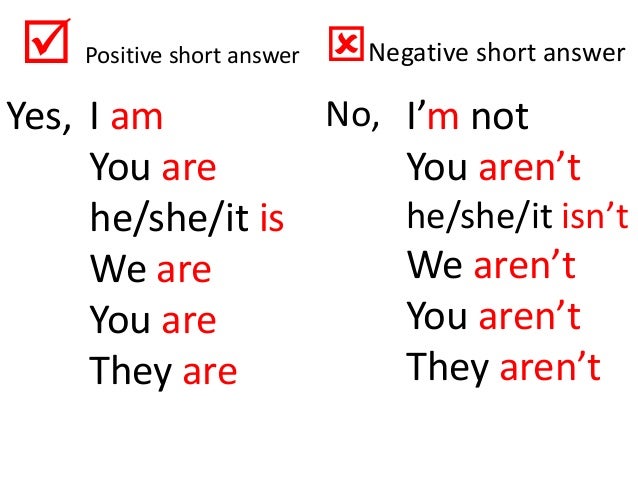
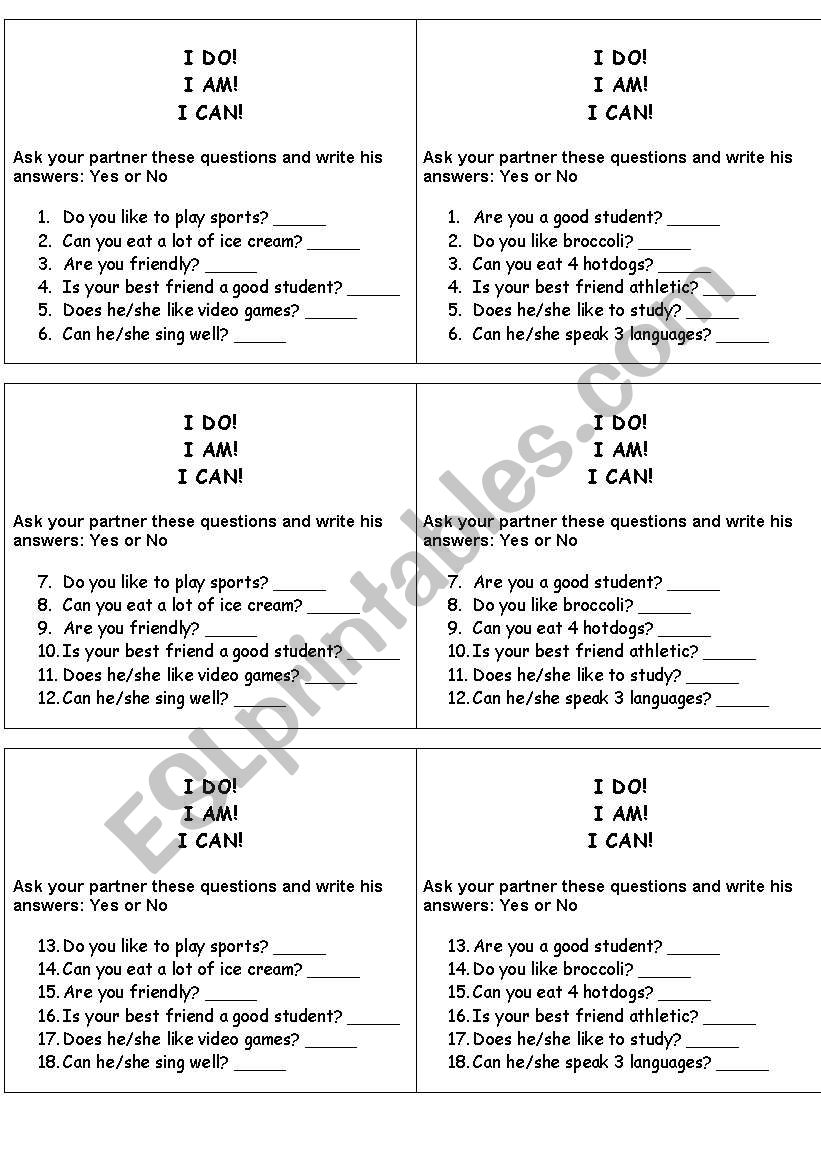








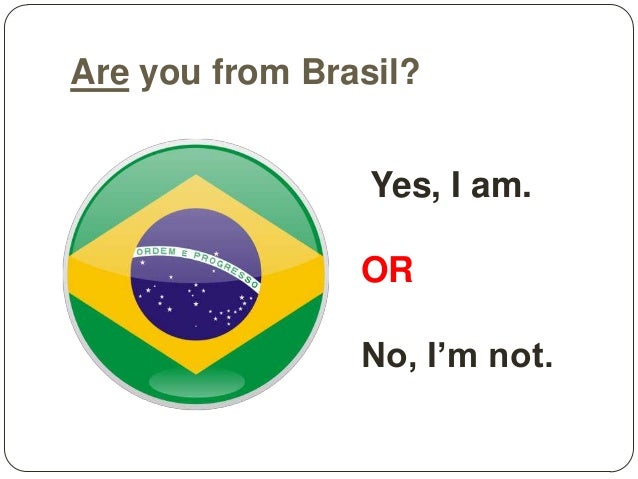



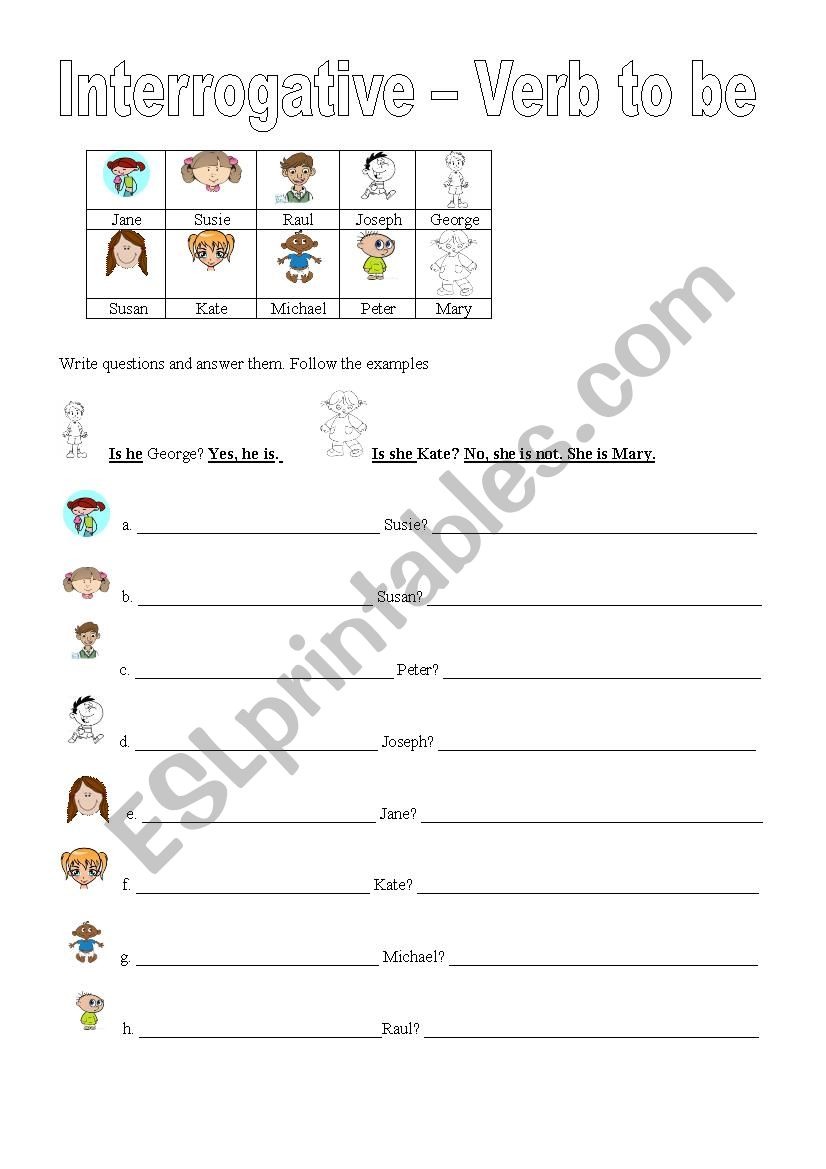




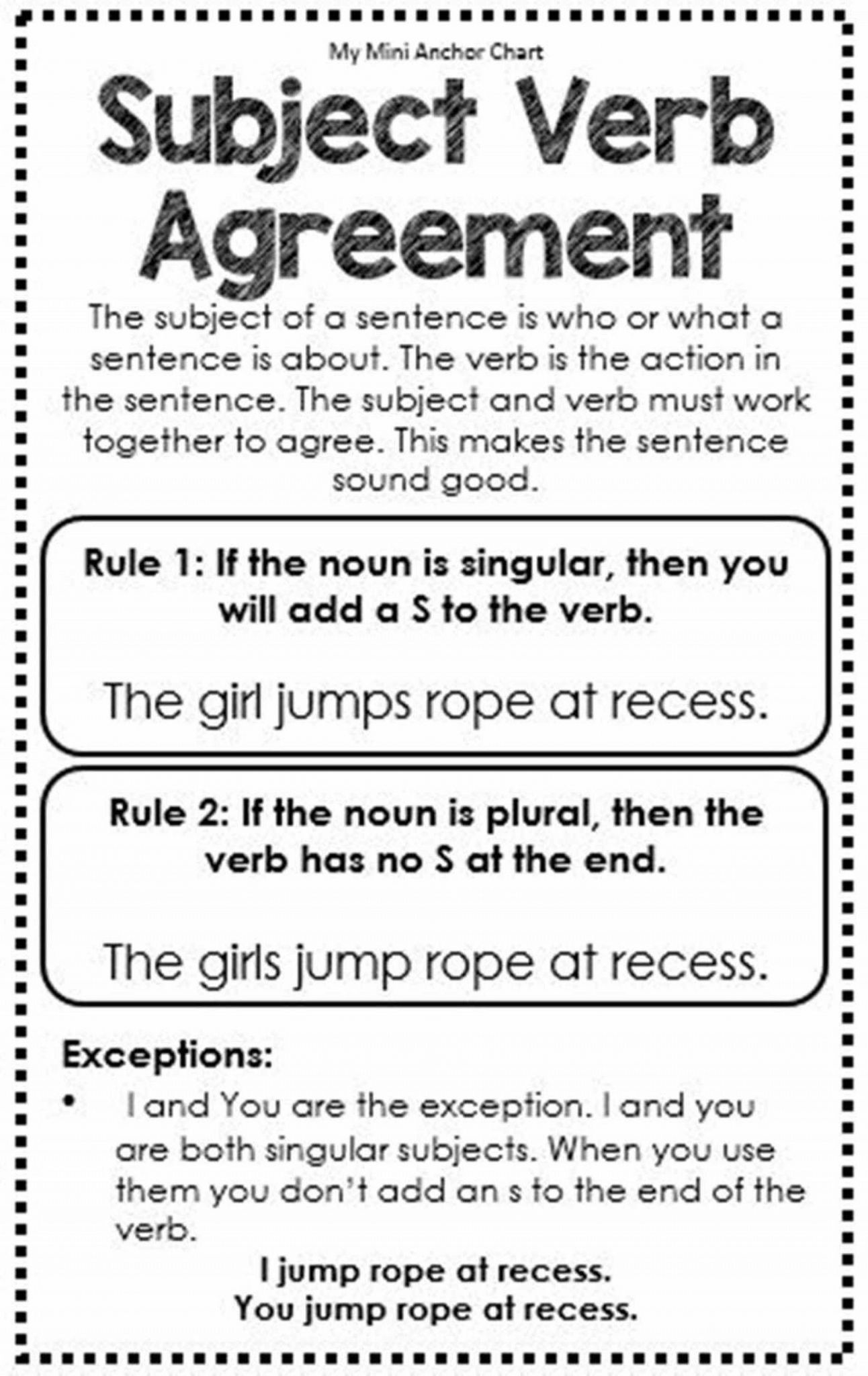



No comments:
Post a Comment
Note: Only a member of this blog may post a comment.